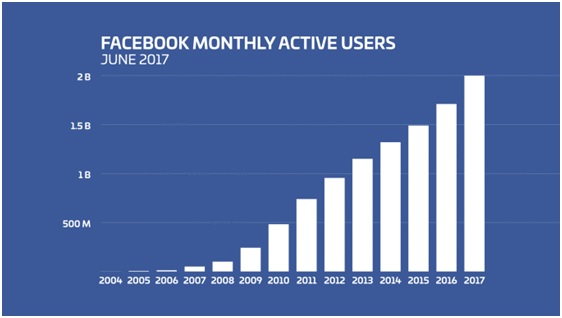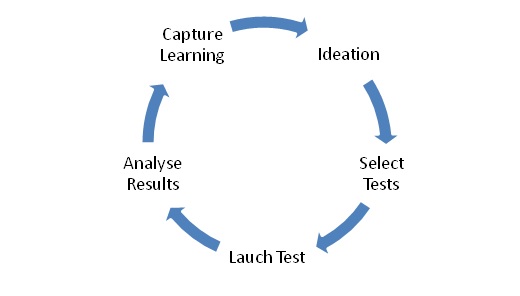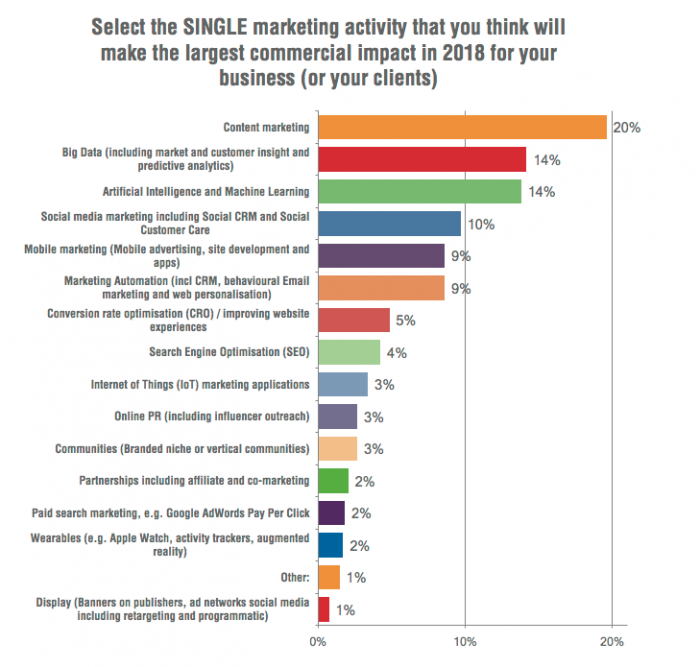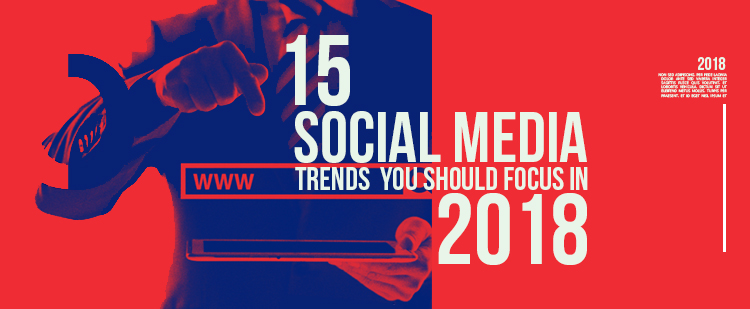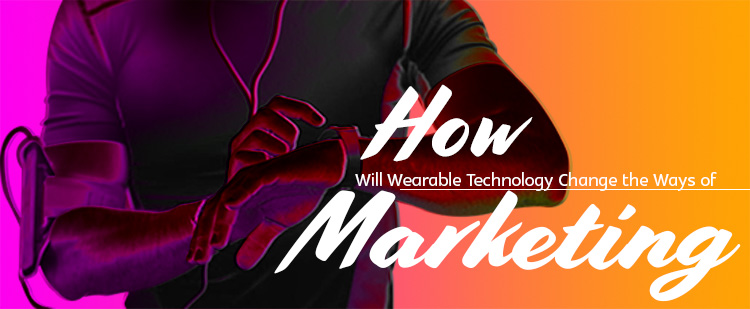Travel & Tourism is one of the most exciting industries to work for. With a gross booking of $1.6 trillion in 2017, global travel industry is one of fastest growing sectors. Increased connectivity and technology are only going to make it easier for travellers to explore the world.
Today, travellers make their own booking after extensive research on the internet. 97% of millennials share their travel experience on social media. Hence, there is tremendous scope for digital marketers in the travel space.
Right from dreaming of a destination to booking accommodation, travellers search for information in all stages of their planning. Because of this, online marketing success for travel companies is largely dependent on providing the right content at the right time.
These 11 companies used content strategy to inform and help travellers in various stages of their search and saw phenomenal success in booking revenue.
#1 TripAdvisor
TripAdvisor is a giant in travel industry with more than 300 million unique visitors every month. TripAdvisor originally hired content curators to develop content for the website but soon saw that user generated reviews were attracting more traffic.
The site encouraged user content and has been known for helpful posts by real travellers ever since. In fact user generated content is the main contributor in the site’s rise to number on travel accommodation site.
TripAdvisor has proved that user generated content can be a solid content strategy. It is not only a credible form of content but also self-sustaining requiring minimum work from TripAdvisor.
#2 Mr. and Mrs Smith
Mr. and Mrs. Smith operate in luxury segment for couples. This is an example of business that had its target niche carved out right from the beginning.
This is also the reason for inspirational content on their website. From content on northern lights to feature on stylish boutique hotels, their site is enough to make you pack your bags right now!
They have also used content to position their brand as a mix of luxurious and quirky. Speaking on their brand, founder James Tamara said “We wanted something playful and a little bit mischievous, because a sense of humor is an important part of who we are.” The brand has reached enviable position since its inception in 2003.
#3 AirBnB Guidebooks
AirBnB is the star child of both travel and tech industry. They rely heavily on content by local guides and hosts to provide value to users.
The app and websites gives travelers an inside scoop on local experience and events.
AirBnB has also used helpful guidebooks to share information with travelers looking for in-depth information.
Every local host could post a guide meaning that there is tons of information available on AirBnB app or website.
#4 SNCF Europe
SNCF, France’s state owned railway company, combined experiential marketing with video content. They placed doorways in the middle of busy cities that opened into LED screens displaying live feed from other cities. Here is a video of the campaign that went viral.
The video got millions in views and the campaign titled ‘Europe: It’s just next door’ saw massive publicity for the brand.
#5 Four Seasons
The fiercely competitive travel industry keeps all players on their toes. The Canadian hospitality giant Four Seasons is known for its successful content marketing strategy in travel space.
The hotel chain has taken on a role of travel content media house by producing upto 3400 content per week across 400 distribution channels.
They have a comprehensive content strategy and leverage real stories, attractive visuals and quality content to engage with customers.
The phenomenal success of their content marketing has led to more than 2 million weekly impressions across all channels.
#6 Bonvoy Adventure
Bonvoy Adventure implemented their SEO and link-building strategy to draw traffic to their website. They did this by inviting guest posts which earned them credible referral links.
With a deeper understanding of their target audience they were able to provide better content and leverage it for their existing email marketing channel. They also did a page by page audit to improve their SEO signals and rank higher results.
The result was a 148% increase in website traffic and 200% increase in onsite transactions.
#7 Kimkim
Kimkim helps travellers to plan itineraries. A well thought content strategy is how they were able to grow their organic search by 300% !
Their strategy was to partner with local travel specialist to come up with their exciting profile snapshot and blog content. This way they could also focus on long-tail keywords that travellers were searching for.
Targeted content along with link building and PR grew Kimkim’s traffic massively within 4 months.
#8 Tenon Tours
Tenon Tours has successfully implemented the inbound marketing funnel to increase their conversions. They concentrated on converting visitors to leads and leads to customer by applying sound principles of inbound marketing.
Of course the foundation of any inbound marketing is great content. For this, Tenon re-purposed their best performing content in the form of guidebook and used it as a lead magnet to build a list. They were able to increase their conversion rate by 34% after nurturing leads through email channel.
#9 Shorefield
This is a great example of how targeting can help your company to go to the next level. Shorefield had luxurious properties across UK as well as fair amount of traffic to their site.
However, operating in the luxury market, it was important that they had the right kind of visitors on their site.
Plagued with irrelevant traffic, the company decided to invest in SEO. With focus on buyer personas and long tail keywords the site increased its organic conversion rate by 86%.
#10 Intrepid
Intrepid is an Australian travel company with strong brand values. As the name suggests they target travellers who are adventure loving, fearless and looking for new experiences.
Having figured out their target market, implementing on content strategy was much easier for them. They started with their content website – The Journal which focuses on responsible travelling and off beat experiences.
With a targeted content, the company has successfully built a following of travellers who are aligned with the brand’s value. They have more than 496 K followers on Facebook, 86,000 followers on Twitter and are steadily growing their YouTube channel too.
#11 Trivago
Here is another example of a company who has invested in a long form regular content in the travel industry. Trivago has a digital magazine called ChekIn.
An interesting point to note in CheckIn is that Trivago is extremely cautious about promoting itself in unrelated articles. The magazine is genuinely helpful mix of articles and videos that are meant to inspire and inform travellers.
Takeaway
There are a lot of content opportunities in travel marketing to play around with. The rising popularity of visual content is good news for travel industry that uses videos and images extensively.
Today’s independent traveller is starving for information and sound advice on new destinations. The examples in this blog prove that knowing your target audience and providing them with required content can take your brand to a whole new level.














